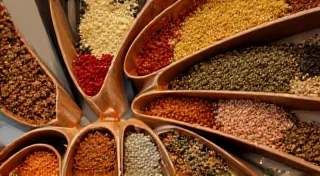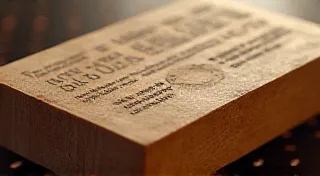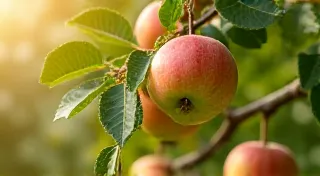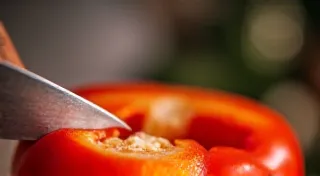The Spice Merchant's Quill: Exotic Ingredients, Unexpected Metaphors
There's a particular scent that settles in my memory, a complex layering of sweet, woody, and almost melancholy notes. It's not a memory of a specific place, not exactly, but rather a sensation conjured by the faded, leather-bound journals I’m fortunate enough to handle occasionally – journals belonging to a long-forgotten spice merchant. These journals aren't simply lists of cardamom pods or cloves; they're vessels brimming with observations, anxieties, and a surprising depth of poetic language. They're proof that exploring the sensory world of unusual ingredients can ignite a fire in the imagination, a fire that compels you to translate experience into something profoundly expressive.
The pursuit of unique flavors has always been entwined with exploration. Think of the Dutch East India Company, driven not just by profit but by a desire to map the world and catalog its bounty. The desire to taste something new, to experience a different culture through its food, has fueled voyages and expeditions for centuries. And with that exposure came a profound shift in language. Suddenly, words had to stretch, to bend, to capture the essence of something never before encountered. How do you describe the tang of star anise? How do you convey the aroma of asafoetida, that pungent, sulfurous pearl from Persia?
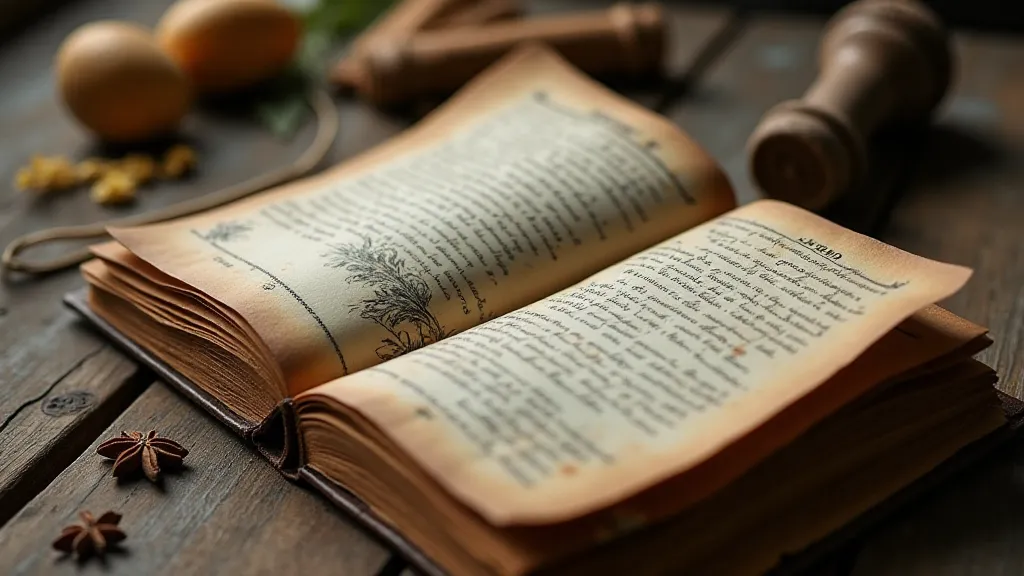
The Accordion's Resonance: Craftsmanship and Echoes
This connection between sensory exploration and expressive language reminds me of another passion of mine: antique accordions. These instruments, often overlooked, are marvels of engineering and artistry. Imagine the craftsman, meticulously shaping bellows from oiled canvas, painstakingly assembling the thousands of individual keys, each tuned with incredible precision. Each accordion tells a story – of bustling market squares, of travelling musicians serenading lonely hearts, of dances that went on long into the night. The scent of aged wood and leather, a fragrance similar to those spice merchant’s journals, hangs heavy in the air when you open a truly old accordion.
Like the spice merchant charting new routes and describing unfamiliar tastes, the accordion maker sought to capture something essential: the human longing for connection, for expression. The mechanics of the instrument are complex, but the essence is simplicity – a breath, a hand, and a cascade of sound that can evoke joy, sorrow, or a wistful remembrance of days gone by. The finest examples demonstrate a level of detail and artistry rarely seen today. The hand-carved ornamentation, the inlaid mother-of-pearl, the rich, resonant tone – these are testaments to a dedication that transcends mere functionality.
Restoring an antique accordion isn’t just about repairing damaged parts; it's about preserving a legacy. It’s about understanding the meticulous process that brought the instrument into being and breathing new life into a silent voice. It's a meditative process, demanding patience, respect, and a keen eye for detail. And just as a spice merchant's careful observation of ingredients could inspire evocative descriptions, the act of restoration reveals the inherent beauty and ingenuity embedded within the object.
From Saffron to Simile: The Language of Experience
Consider saffron, for example. The sheer labor involved in harvesting this precious spice – each flower yielding only a tiny amount of crimson threads – lends it an inherent mystique. Early spice merchants would have struggled to convey the true value of saffron, not just in terms of its cost, but in its evocative qualities. Perhaps they described it as "the sun’s tears, crystallized and fragrant," or "the color of a desert sunset, tinged with longing." These aren't just descriptions; they’re metaphors born from experience, crafted to awaken the imagination and convey the profound impact of something extraordinary.
The language of cooking, at its best, is like this – a tapestry woven from sensory detail and emotional resonance. Think of the way a skilled chef can describe the "crackling crust" of a perfectly baked bread or the "silky texture" of a creamy risotto. These aren't just technical observations; they're moments of poetic truth, capturing the essence of a culinary experience. The ability to articulate that experience, to share it with others through words, is a form of storytelling in itself.
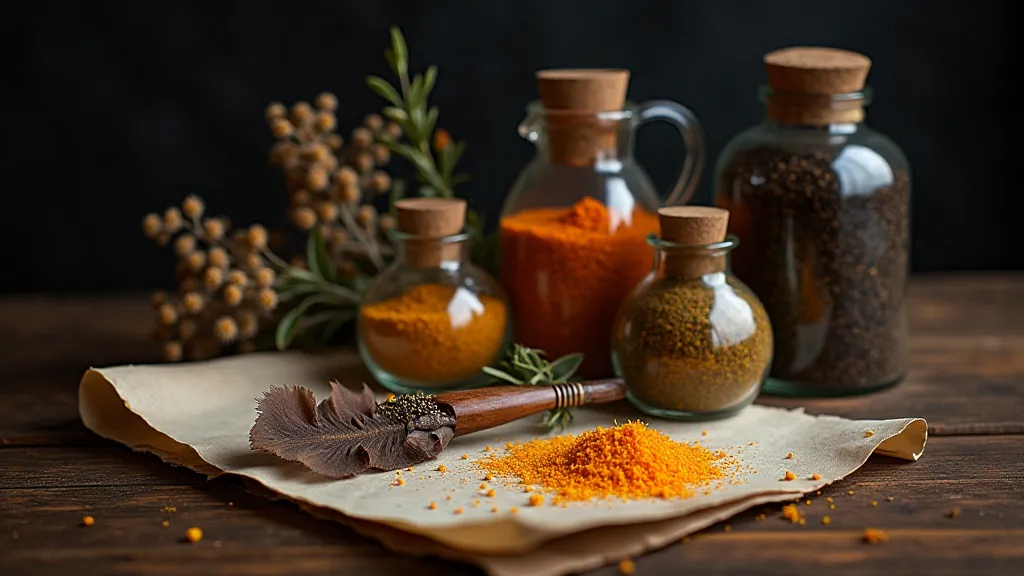
The Collector's Eye: More Than Just Acquisition
Collecting antique accordions, or preserving spice merchant’s journals, isn’s about accumulating possessions. It’s about connecting with the past, understanding the context in which these objects were created, and appreciating the human ingenuity and artistry that went into their creation. It's about recognizing that every object has a story to tell, and that those stories can enrich our own lives in profound ways.
A true collector doesn’t just seek rarity or value; they seek connection. They want to understand the history of an object, to trace its journey through time, and to imagine the hands that held it and the lives it touched. This kind of appreciation elevates collecting from a mere hobby to a form of cultural preservation.
The meticulous process of both appreciating spice journals and restoring accordions – the attention to minute details, the dedication to understanding the object’s history – mirrors the creative process of a writer. The spice merchant’s journey across oceans, the accordion maker’s skillful hand shaping bellows, the collector’s reverent touch - all these experiences ripple outward, finding expression in the unexpected metaphors that enrich our language. By embracing the unfamiliar, by opening ourselves to new sensory experiences, we unlock the potential to find new ways of expressing the beauty and complexity of the world around us.
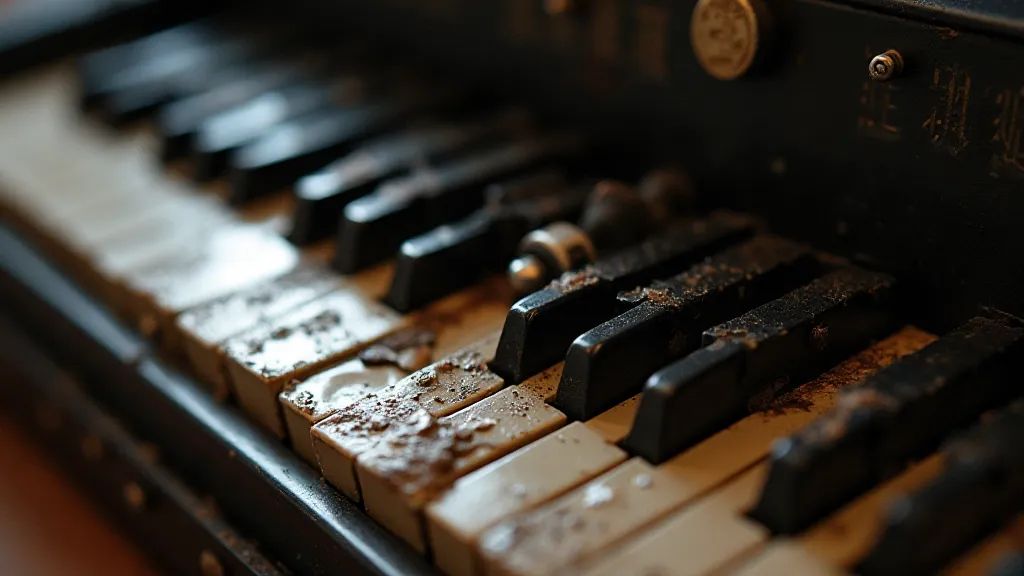
Ultimately, the most compelling writing isn’t just about what you say; it’s about how you say it. And sometimes, the best way to find the right words is to look beyond the familiar, to explore the world with a curious eye and a receptive heart, and to allow yourself to be inspired by the unexpected.
